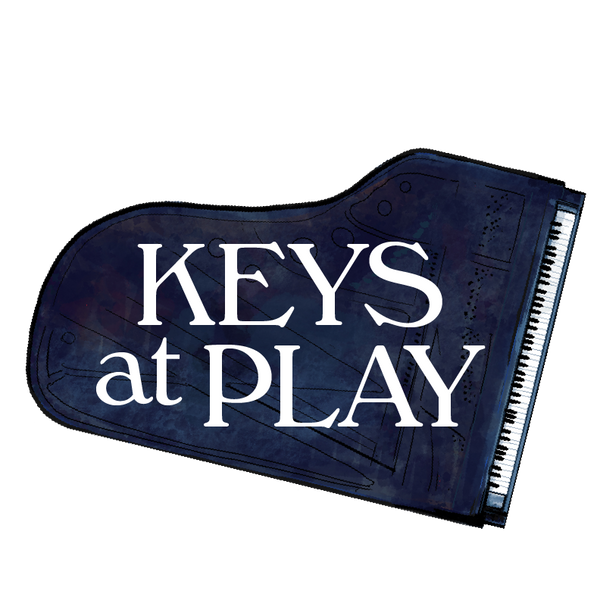Why I Created Keys at Play, Book 1
Joy Morin
When there are already so many wonderful resources available for piano teaching, why would I want create something new? Read on to find out the reason why and hear a bit of the story behind Keys at Play, Book 1.
I started composing when I was a college student, inspired by the impact of my aural comprehension and music theory classes. I soon signed up for lessons with the composition professor. It was thrilling to get the music out of my head and onto manuscript paper.
A couple of years later, I was exposed to Dr. Edwin E. Gordon and his Music Learning Theory (MLT) when he was a guest lecturer at my college. This heavily influenced my piano teaching, causing me to think more deeply about the importance of developing audiation (aural understanding) in students from the beginning stages. I decided to pursue certification trainings in 2016 and 2017 through the Gordon Institute for Music Learning.
Thanks to Gordon's influence, the more I teach, the more strongly I believe audiation to be a foundational skill enabling musicians to find creative freedom and reach more satisfying levels of artistic performance.

As I've integrated more audiation activities into my piano teaching, I've found myself increasingly dissatisfied with the pedagogical sequencing used in mainstream piano teaching materials. As a result, I started composing pieces for my students.
And so, Keys at Play, Book 1 was born, created out of a personal craving for more teaching resources in alignment with how – according to Gordon's theories on music learning – our minds and bodies most naturally understand music. My influences, in addition to Gordon, come from a wide variety of places – thanks to my interest in piano methods and pedagogical approaches both historic and contemporary.
I tend to put nearly every one of my piano students through Keys at Play, Book 1 and have been pleased with the outcomes. It's great to have a resource providing short pieces with a different take on effective pedagogical sequencing.
Stay tuned for future articles discussing the sequencing in Keys at Play, Book 1.
